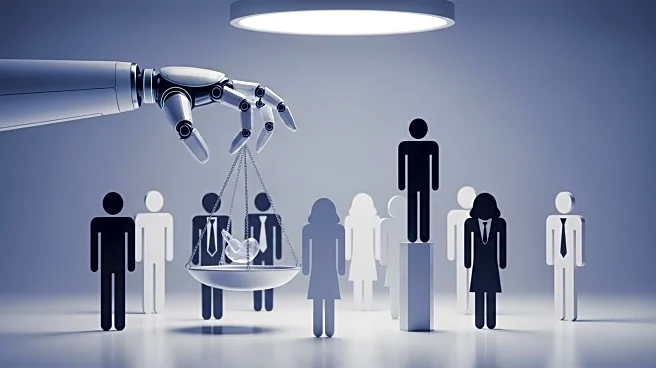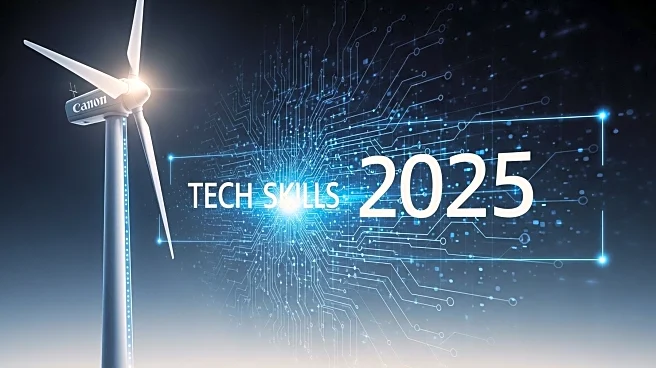What is the story about?
What's Happening?
State Bank of India (SBI) is intensifying its efforts to enhance gender diversity within its workforce, aiming for 30% female representation by 2030. Currently, women constitute 27% of SBI's total workforce, with 33% representation among frontline staff. Kishore Kumar Poludasu, SBI's deputy managing director (HR) & chief development officer, highlighted the bank's commitment to improving these figures. SBI, which employs over 240,000 individuals, is implementing various initiatives to bridge the gender gap and foster an inclusive work environment. These initiatives include a creche allowance for working mothers, family connect programs, and training for women returning from maternity leave or extended sick leave. Additionally, SBI is focusing on identifying, mentoring, and training women for leadership roles through structured labs and coaching. The bank has also introduced health-focused programs, such as breast and cervical cancer screenings, nutrition allowances for pregnant staff, and a cervical cancer vaccination drive. Furthermore, SBI has expanded its all-women branches, currently operating over 340 branches exclusively staffed by women, with plans for further growth.
Why It's Important?
SBI's initiative to increase female representation in its workforce is significant for promoting gender equality in the banking sector, which has traditionally been male-dominated. By targeting a 30% women workforce, SBI is setting a precedent for other financial institutions to follow, potentially leading to broader industry-wide changes. The focus on leadership training and health programs for women not only supports their career advancement but also addresses their unique health needs, contributing to a more supportive and inclusive workplace. This move could enhance SBI's reputation as a progressive employer, attracting more female talent and improving employee retention. The expansion of all-women branches further demonstrates SBI's commitment to empowering women in the workforce, potentially inspiring similar initiatives in other sectors.
What's Next?
SBI plans to continue expanding its all-women branches and implementing programs to support women's career growth and health needs. The bank's leadership program aims to prepare women for top executive roles, potentially increasing female representation in senior management positions. As SBI progresses towards its 2030 goal, it may face challenges in maintaining momentum and ensuring the effectiveness of its initiatives. Stakeholders, including employees and industry observers, will likely monitor the bank's progress and impact on gender diversity. Success in achieving these goals could influence other banks and industries to adopt similar strategies, contributing to broader societal changes in gender equality.
Beyond the Headlines
SBI's gender diversity initiative may have deeper implications for societal norms and cultural perceptions of women in the workforce. By actively promoting female leadership and addressing health needs, SBI is challenging traditional gender roles and encouraging a shift towards more equitable workplace practices. This could lead to long-term changes in how women are perceived and valued in professional settings, potentially influencing future generations' career aspirations and choices.
AI Generated Content
Do you find this article useful?













